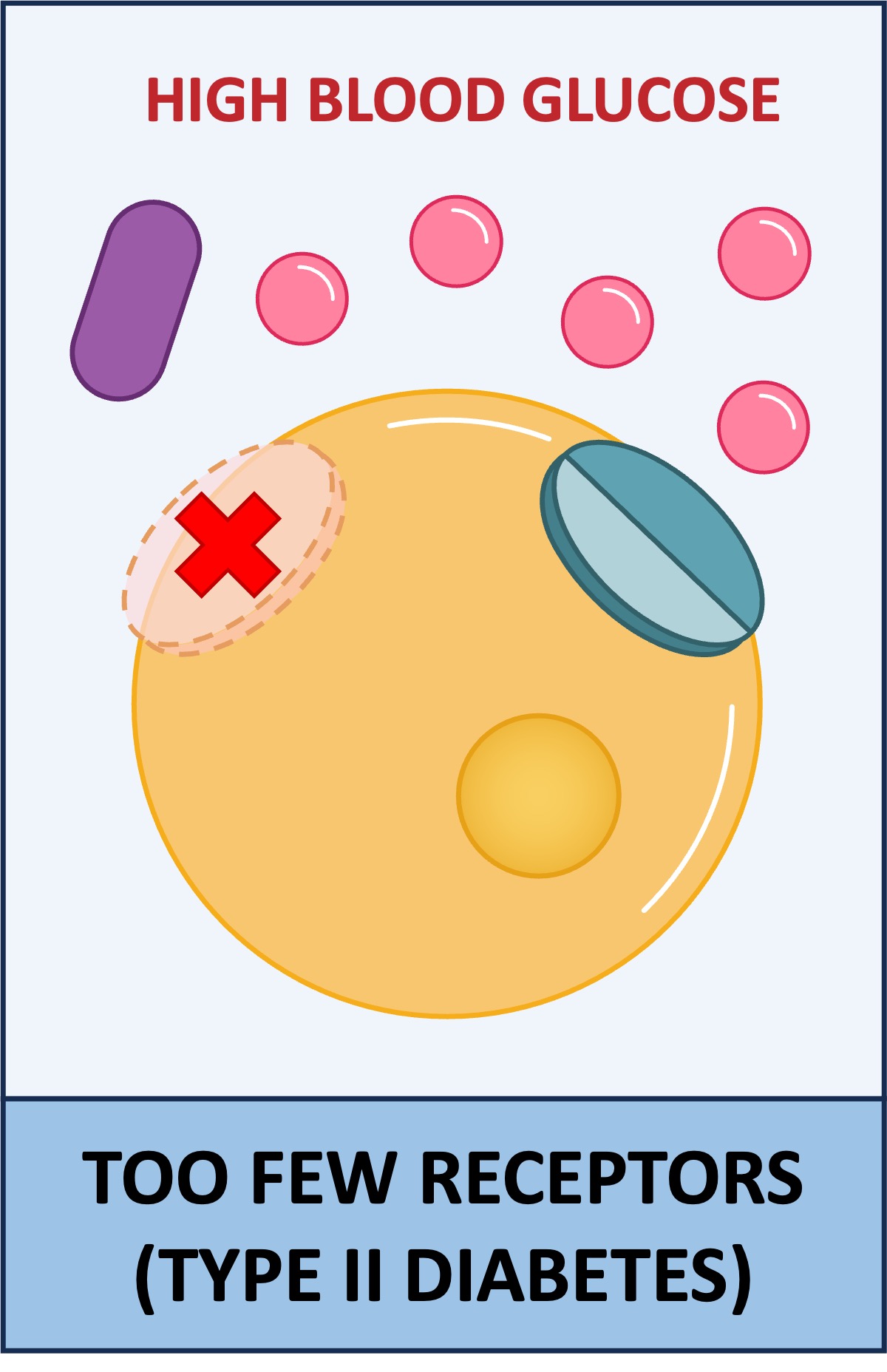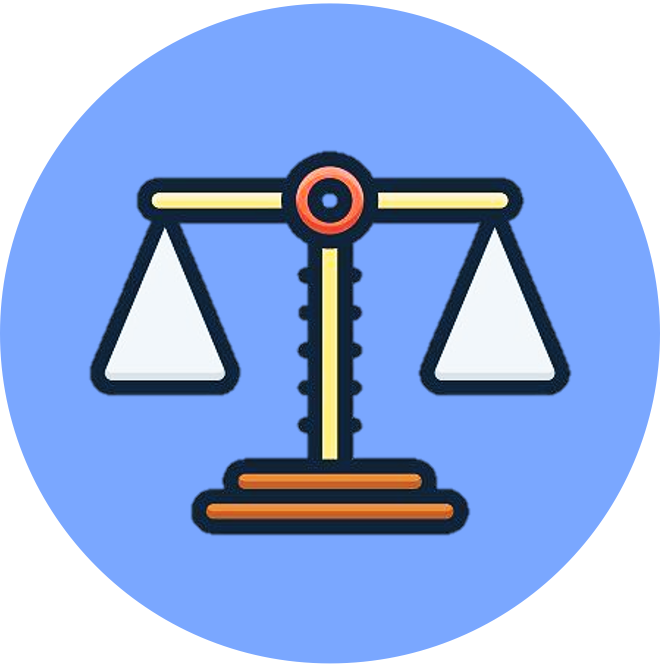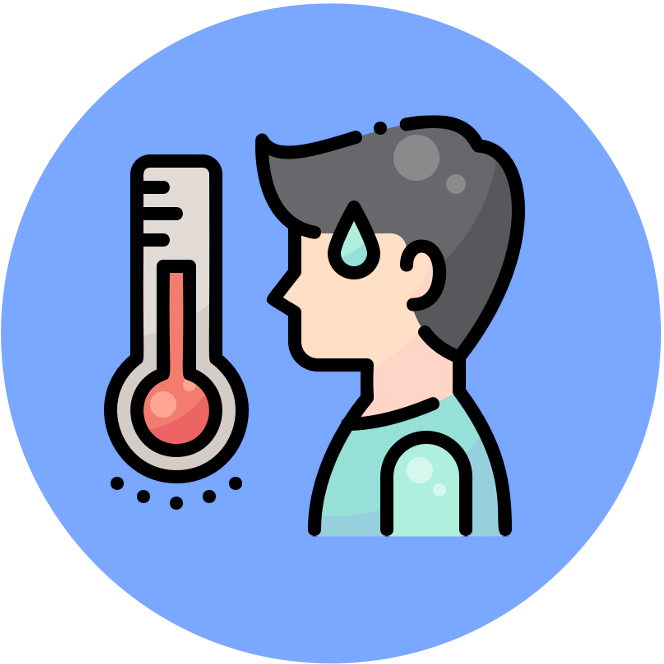

Blood Sugar Levels
The body needs glucose to make ATP (via cell respiration), however the amount required will fluctuate according to demand
-
High levels of glucose in the blood can damage cells (creates hypertonicity) and hence glucose levels must be regulated
Two antagonistic hormones are responsible for regulating blood glucose concentrations – insulin and glucagon
-
These hormones are released from pancreatic pits (called the islets of Langerhans) and act principally on the liver
When blood glucose levels are high (e.g. after feeding):
-
Insulin is released from beta (β) cells of the pancreas and cause a decrease in blood glucose concentration by:
-
Stimulating the conversion of glucose into glycogen within the liver (glycogenesis)
-
Promoting glucose uptake by the liver and adipose tissue (fat)
-
Increasing the rate of glucose breakdown by cells (by increasing respiration rates)
-
When blood glucose levels are low (e.g. after exercise):
-
Glucagon is released from alpha (α) cells of the pancreas and cause an increase in blood glucose concentration by:
-
Stimulating the breakdown of glycogen into glucose within the liver (glycogenolysis)
-
Promoting glucose release by the liver and adipose tissue (fat)
-
Decreasing the rate of glucose breakdown by cells (by reducing respiration rates)
-
Regulating Blood Sugar Levels
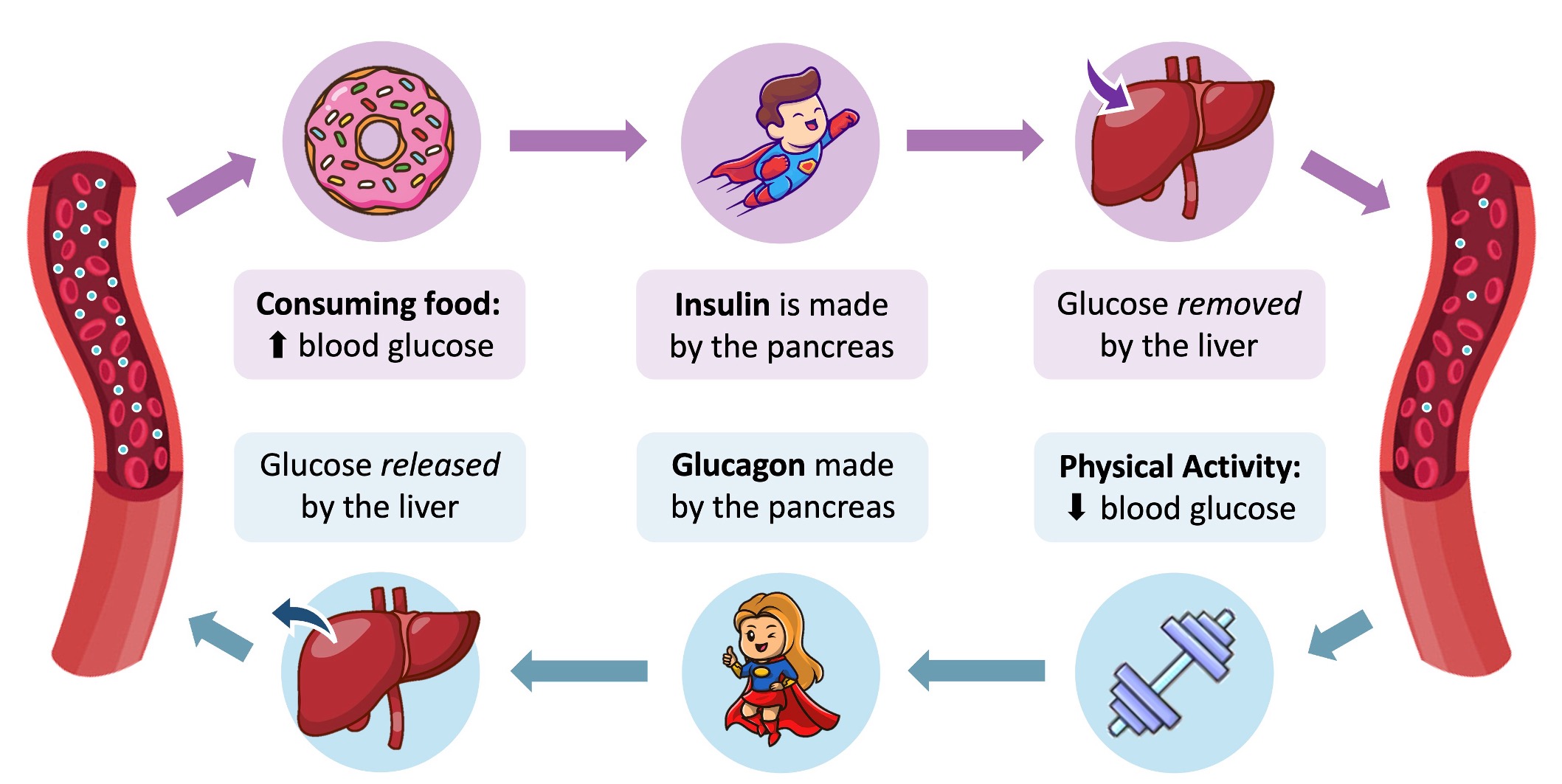
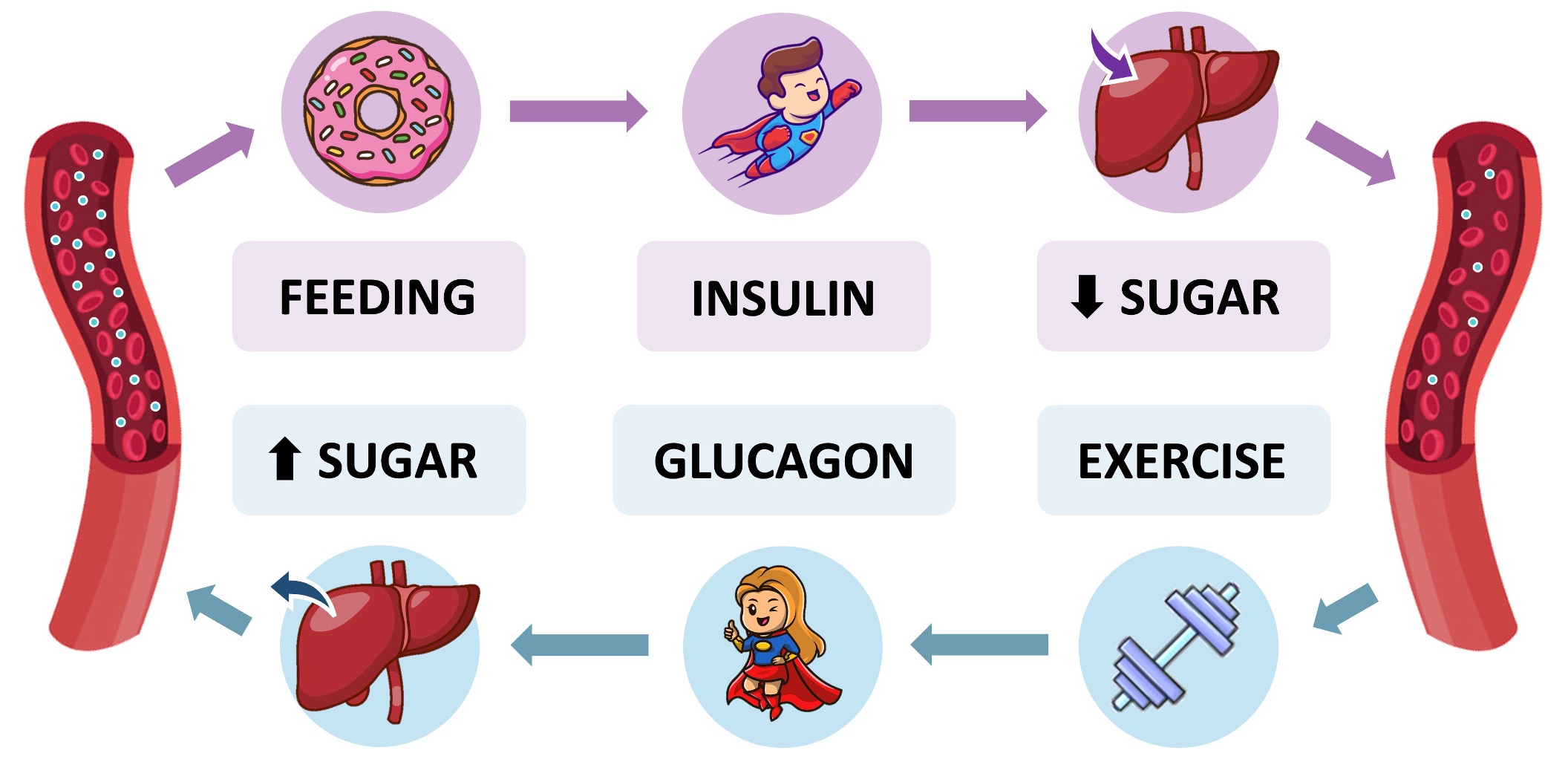
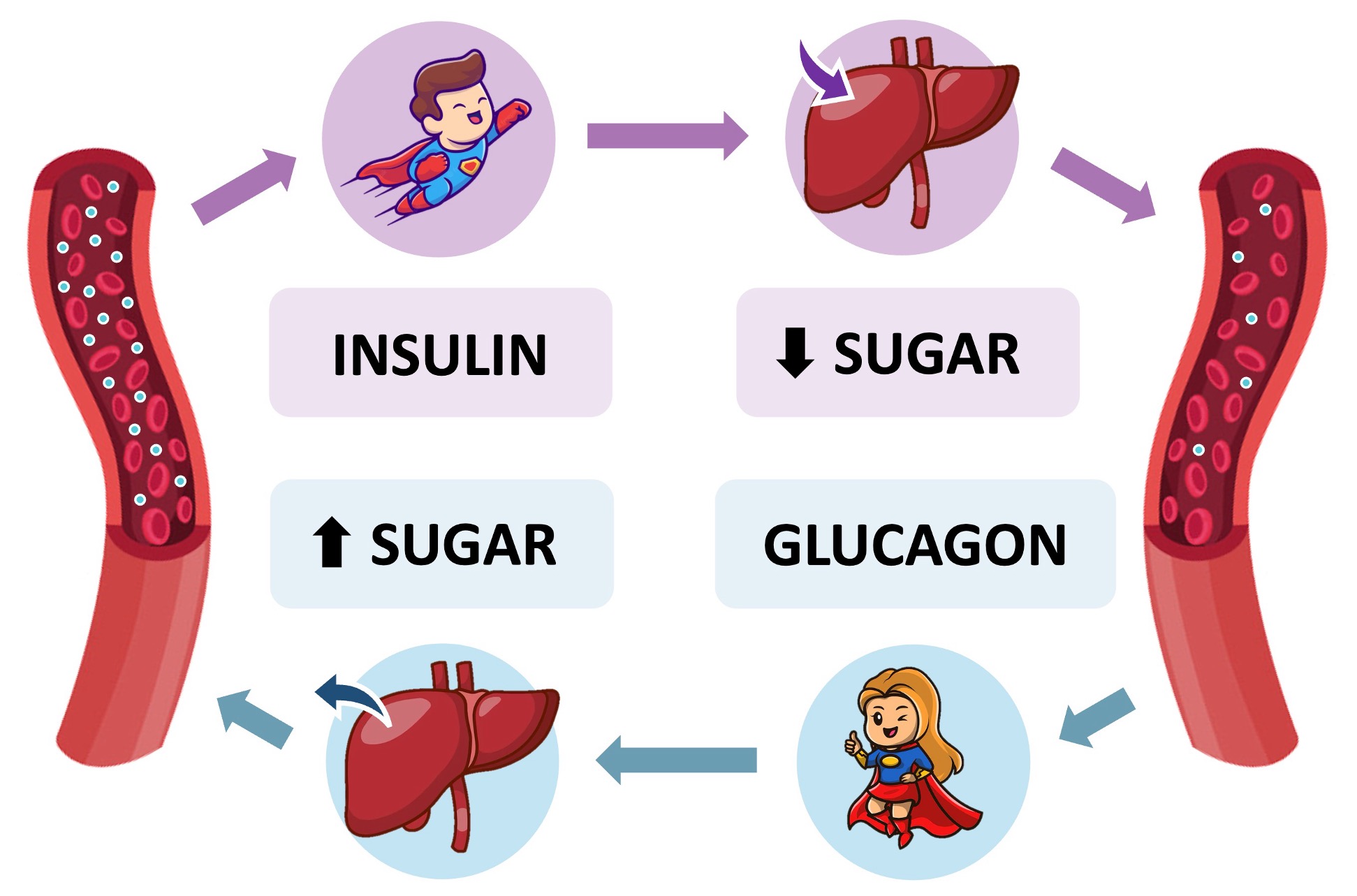

Diabetes
Diabetes mellitus is a metabolic disorder in which the body fails to either produce or respond to insulin – leading to high blood glucose concentrations (hyperglycaemia)
-
Normally, insulin binds to specific receptors on target cells and triggers the opening of glucose channels
-
A failure to detect or respond to insulin will prevent the opening of glucose channels, leading to the accumulation of glucose within the blood
Type I Diabetes
-
The body does not produce sufficient levels of insulin
-
May be caused by the destruction of the pancreatic β-cells (via autoimmunity) and usually has an early onset (occurs during childhood)
-
It is treated via regular insulin injections to lower blood sugar levels (mismanagement can lead to hypoglycaemia)
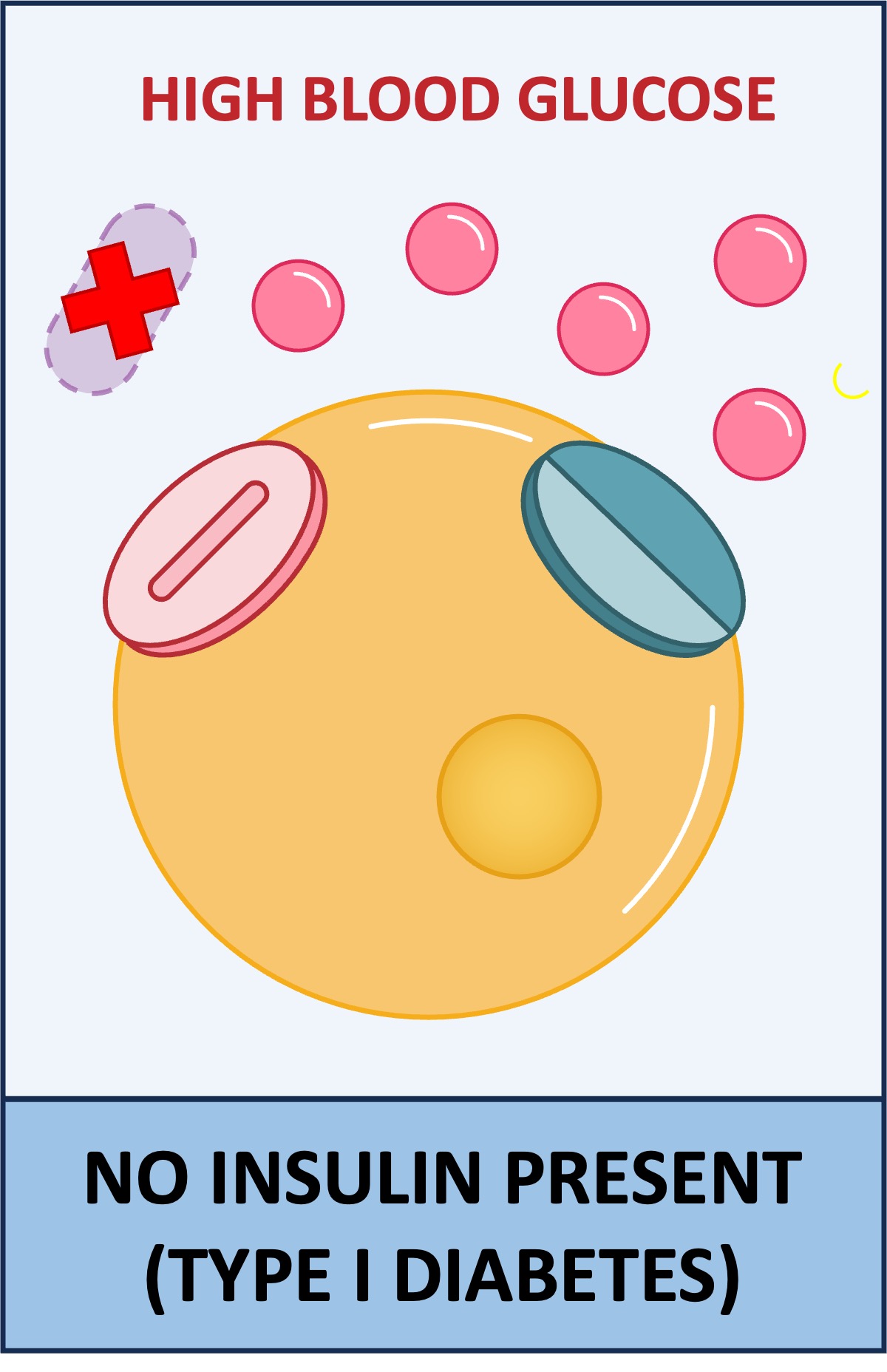
Type II Diabetes
-
The body does not respond to the insulin produced by the body
-
May be caused by the down-regulation of insulin receptors and usually has a later onset (occurs during adulthood)
-
It is controlled by managing an individual’s diet and lifestyle to maintain stable blood glucose levels
Type I vs Type II Diabetes


